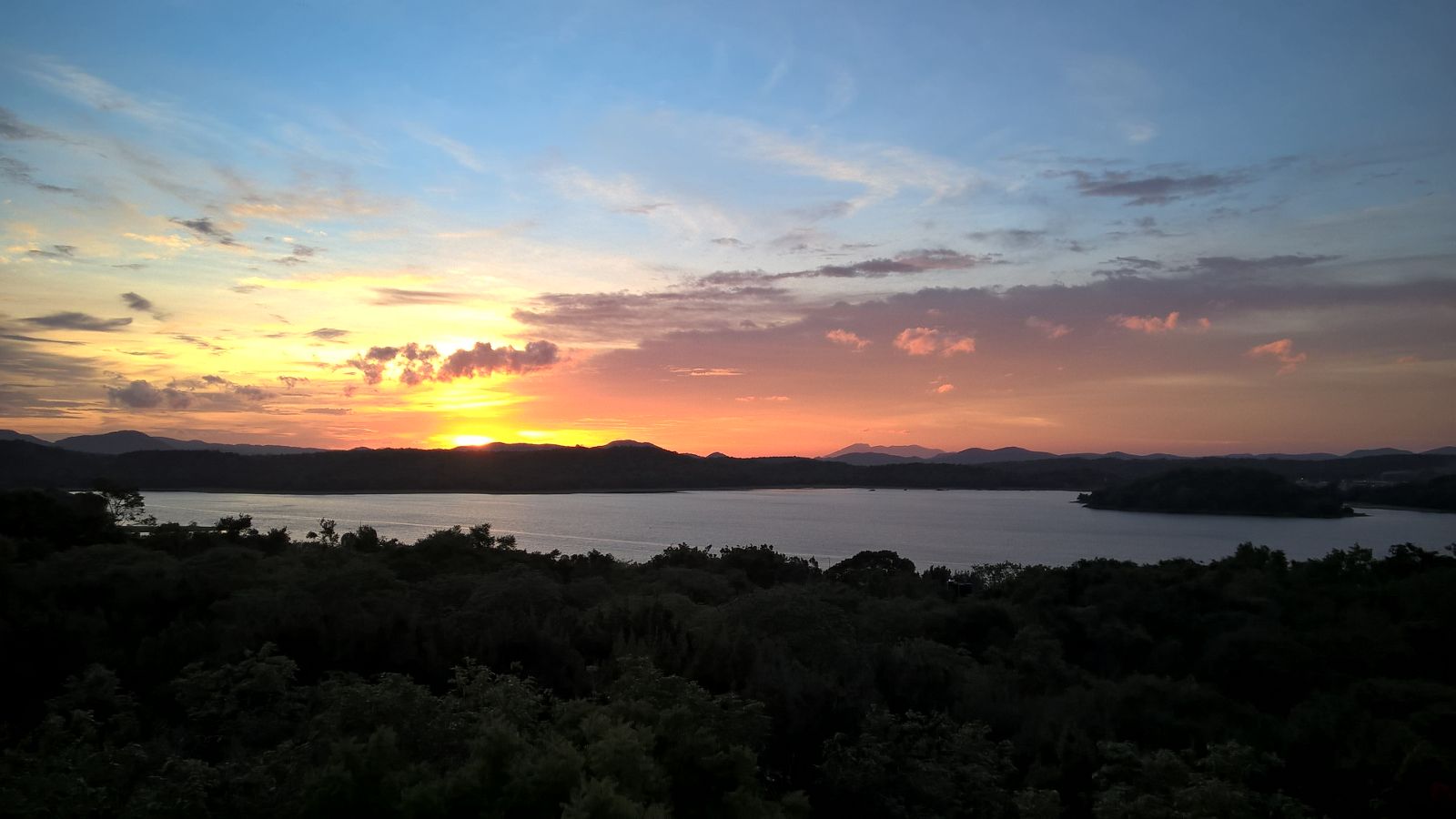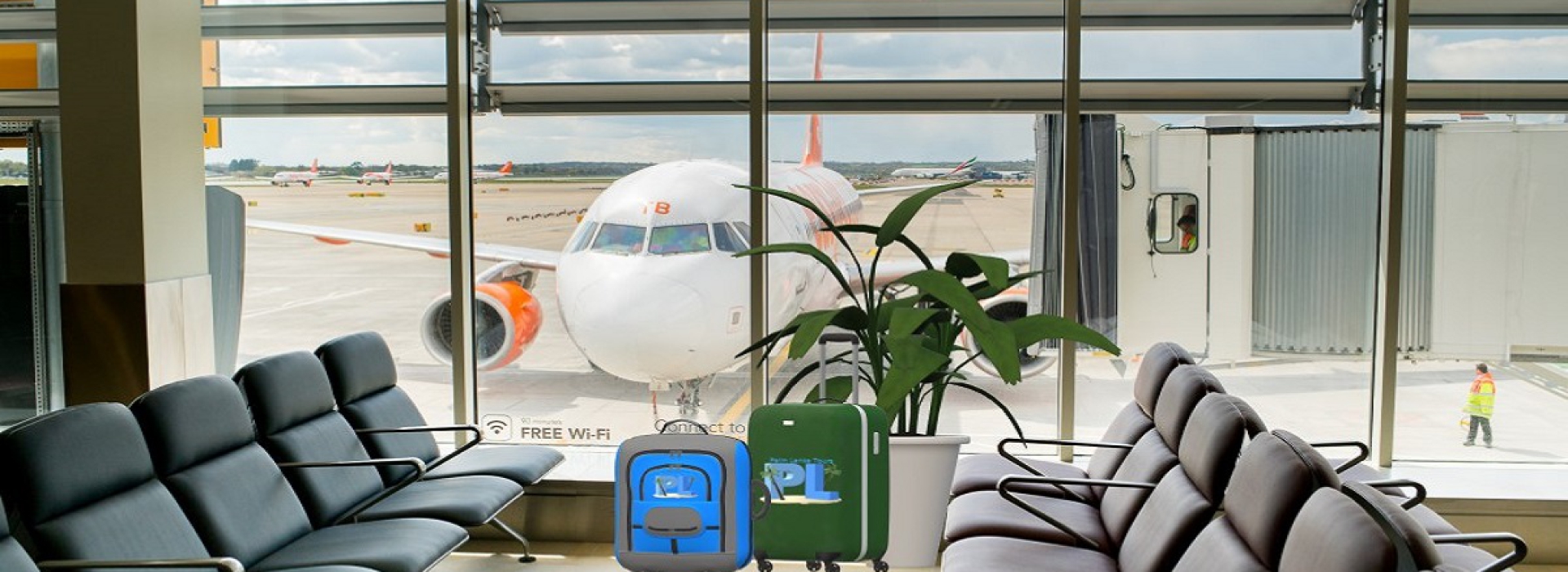Travel tips when you are in Sri Lanka
Water
Tap water is not safe to drink, and boiling and filtering is sometimes done too hastily in some hotels and restaurants, so the best solution is to drink bottled water. There are now many brands available, mostly using spring water from the highlands of the island. Make sure that the bottle carries an SLS certification and that the seal is broken only in your presence. Beware of ice unless you are satisfied it has not been made from tap water, and remember the tap water you may be tempted to use to rinse out your mouth after brushing your teeth is unsafe. Keep a bottle of water in your bathroom for this purpose.
Upset Stomach
As most stomach upsets are due to the unsanitary preparation of food, it is useful to know what to watch out for. Under-cooked fish (especially shellfish) and meat (especially pork and mince) can be hazardous. Salads can be risky unless purified water has been used to wash the various vegetables. Fruit that has already been peeled should be avoided. Be careful of ice cream, in particular the varieties sold by street vendors and served at cheap restaurants. Sometimes there are power outages Sri Lanka, especially away from urban centres, so it pays to be suspicious of all refrigerated foods if you know there has been a recent outage in your area.
Sunburn
When you flop onto the beach or poolside lounger for a spot of sunbathing, always remember to apply a sunscreen product with a sun protection factor of at least 15. Remember you are just 600km from the equator. Even with sunscreen, your sunbathing should be limited in time. If you don't apply sunscreen you are liable to become so sunburnt that it will be painful to move, your skin will peel, you will have to start afresh to get that tan, and most importantly you put yourself at risk of serious dermatological disease.
Heatstroke
Sometimes those who have spent too long in the sun suffer what is termed heatstroke, the most common form being caused by dehydration. This condition can occur if the body's heat-regulating mechanism becomes weakened and the body temperature rises to unsafe levels. The symptoms are a high temperature - yet a lack of sweat - a flushed skin, severe headache, and impaired coordination. In addition, the sufferer may become confused. If you think someone has heatstroke, take that person out of the sun, cover their body with a wet sheet or towel, and seek medical advice. To avoid heatstroke, take plenty of bottled water to the beach, or buy a thambili (king coconut) from an itinerant seller.
Prickly Heat
Prickly heat rash occurs when your sweat glands become clogged after being out in the heat for too long or from excessive perspiration. The rash appears as small red bumps or blisters on elbow creases, groin, upper chest or neck. To treat it, take a cold shower, clean the rash with mild soap, dry yourself, apply hydrocortisone cream, and if possible, a product that contains salicylic acid. Repeat every three hours.
Local Health Care
Minor health problems can always be treated by doctors with practices in the resorts and elsewhere in the country. If you have a more serious problem, Colombo now boasts a selection of modern, well-equipped private hospitals offering the latest in conventional medical and surgical therapies. A growing number of foreigners are taking advantage of affordable, high quality private healthcare in Sri Lanka, and combining it with the chance to take a holiday. Though the medical tourism industry in Sri Lanka is still in its early days, a number of private hospitals in Colombo are geared to provide advanced surgery and other treatment to international clients
Travelers With Special Needs
Travelers with special needs, especially if they visit Sri Lanka without a companion, should note that the country has relatively few facilities for disabled people, although greater awareness and improvements are evolving. There.s no need to worry at Colombo's Airport as wheelchairs and assistance in boarding and disembarking are available. Buildings, offices, and banks are becoming better-equipped with wheelchair ramps and suchlike. If you arent travelling with a companion, you'll find that Sri Lankans will be only too eager to assist.
Sri Lanka's Currency
The local currency is the Sri Lankan Rupee, divided into 100 cents (you rarely come across scents today). Currency notes are Rs.5,000, Rs2,000, Rs1,000, Rs500, Rs100, Rs50, Rs20 and Rs10. Beware of mistaking the Rs500 note for the somewhat similar Rs100 one. To check whether notes are genuine when not given at a bank, look for a lion watermark. Coins, should you have receive them, will be in denominations up to Rs10.
Make sure you have plenty of lower denomination notes (Rs50, Rs100, Rs500), especially when travelling and you need to buy small items, fruit, and eat cheap meals, because change is often hard to come by apart from at hotels and big shops.
Banks
Banks are open from 0900 hrs to 1300 hours Monday to Friday. Some city banks close at 1500 hrs, while some are open on Saturday mornings. It.s easy to withdraw money across the island at ATMs using international credit cards or debit cards.
Credit Cards
Most hotels, restaurants and shopping centres accept credit cards. Some establishments may try to add a surcharge, which is illegal.
Time Difference
Sri Lanka Standard Time is five and a half hours ahead of GMT. (Allowance should be made for summer-time changes in Europe.)
Electricity
230 . 240 volts, 50 cycles AC. If you travel with a laptop computer bring a stabilizer.
Language
Sri Lanka has two official languages . Sinhala and Tamil - with English as a link language. Most people have some knowledge of English, and signboards are often in English.
Photography, Restrictions & Permits
Sri Lanka is a tremendously photogenic island, so it.s hardly surprising that most tourists bring a camera of some kind when they visit the country. The stunning landscapes, the captivating fauna and lush flora, and the stupendous archaeological remains provide great opportunities: a bonus is that Sri Lankans love to be captured on film. So it.s easy to capture the traditional rural lifestyle. You.ll find villagers, farmers, fishermen and tea pluckers will readily stand in front of your viewfinder. Your subjects will often ask to have a copy of picture sent to them. This may be laborious, but it is a reasonable courtesy as many may never have seen a picture of themselves. It is also understandable that many will also expect a token recompense for allowing themselves to be photographed.
Restrictions
There are some important restrictions that apply to photography regarding Buddhist imagery. When you visit a temple or other religious site, remember that photography should not be carried out in a manner causing disrespect. For instance, it is strictly forbidden to be photographed in front of or beside any statues and murals. Note that flash photography can damage old murals.
When To Visit
Sri Lanka is a round-the-year destination for the visitors who seek for sun and sea the best time to visit the island is from November to April. The Southwestern coastal area, where the most of the beach resorts are located.Kalpitiya, located in the western ( North Western)coast has been declared a new tourist attraction. Many development projects have also been planned such as hotels and other infrastructure to make the East a new tourist destination in Sri Lanka.
The central highlands are pleasantly cool and relatively dry from January to April. The peak season is mid December to mid January and March-April during Easter with a mini peak season in July and August when festivals and pageants are held through the country.
What To Wear
Cotton clothes are useful at any time of the year but you will need light woollens for the hills and waterproof clothing or an umbrella.Modest dress for women is advisable especially off the beach and when visiting religious sites. Don't forget comfortable shoes, sandals or trainers and cotton socks. If you are planning to trek and climb go prepared with suitable gear. Water sports enthusiasts would do well to take their snorkels and diving equipment along.
Getting There
Usually all visitors to Sri Lanka travel by air; flights arrive at the Bandaranaike International Airport, 35 km north of Colombo, and 6 km of Negombo. Palm Lanka Tours offers tour packages and holiday packages throughout the year
Public Places
You may sometimes be overwhelmed by crowds of people in public places (railway stations, markets, bus stands, temples or simply busy streets). "Touts" and hawkers may jostle and push and clamour to show you a hotel and sell you things. Taxis and three - wheelers are often there when you do not need them.
Safety
In general the threats to personal security for travellers in Sri Lanka are remarkably small. It is more pleasant to travel with a companion as it is advised not to travel alone especially after dark. The island including the North and East is safe to visit. If you have anything stolen, report it to the tourist Police, ( a special tourist police set up to look after the needs of the tourists. Contact tel Number + 94 11 2382209
Where To Stay
Sri Lank Offers visitors an excellent range of accommodation facilities to suit all budgets from luxury hotels to low budget accommodations. In the peak season (mid-January and during Easter) bookings can be heavy so it is best to reserve accommodation well in advance via Palm Lanka Tours & Travels
Drink
Sri Lankan ‘Ceylon’ tea is prepared as in the West and coffee too. There are a huge variety of bottled soft drinks, including well-known international brands. Thambili ( king coconut water )is a safe and refreshing option. Local beer and spirits are widely available. Bottled mineral water is available everywhere in Sri Lanka. Please note: Alcohol is not sold on Poya (full-moon day of the month) days.

